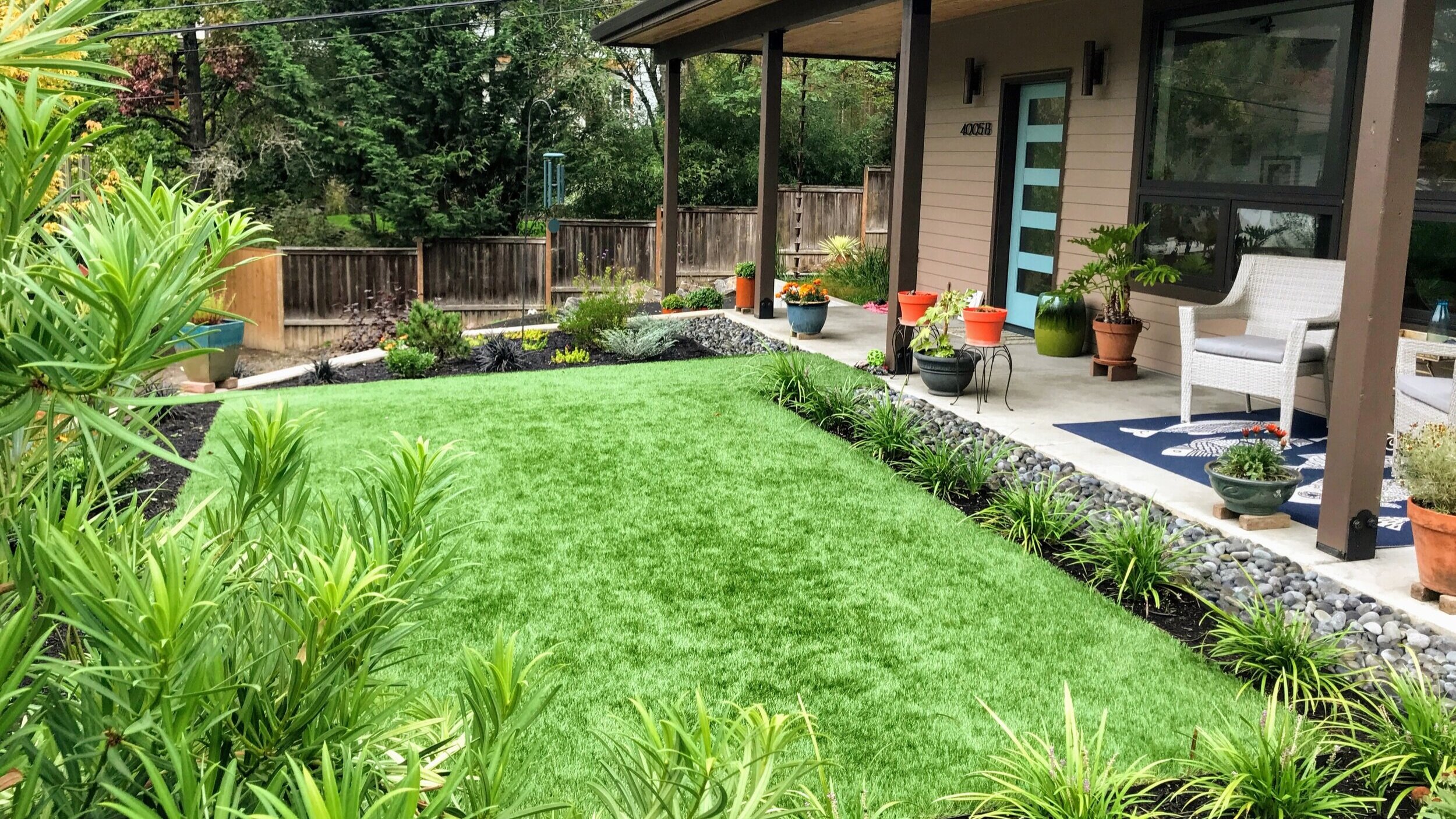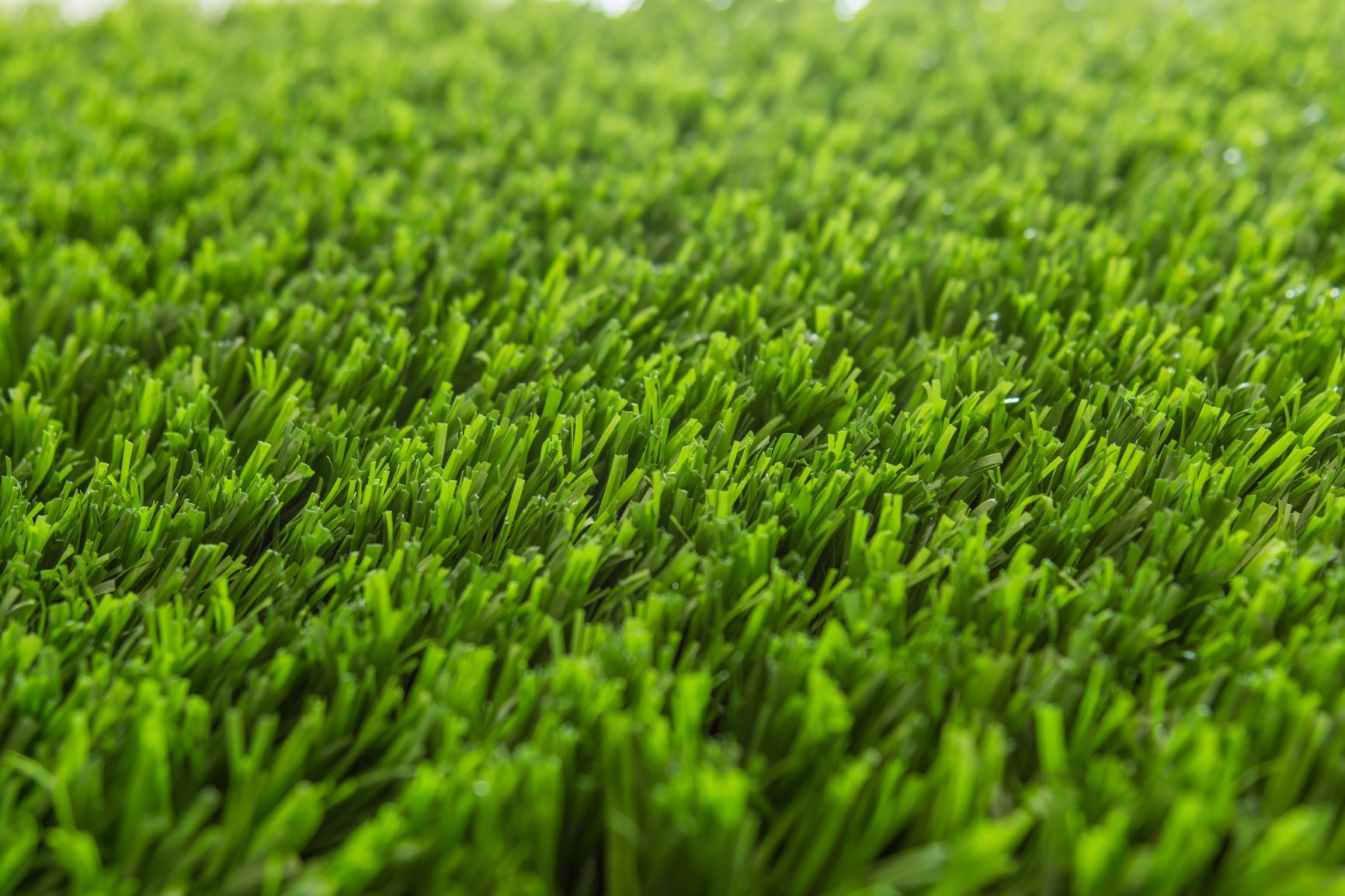Environmentally Safe Arizona Artificial Turf for a Always-Green Lush Green Lawn
Environmentally Safe Arizona Artificial Turf for a Always-Green Lush Green Lawn
Blog Article
See Why Homeowners Prefer Artificial Turf for Lasting Landscape Design Practices
As home owners increasingly prioritize sustainability in landscape design, artificial grass has actually emerged as a compelling choice to traditional lawn. What remains to be checked out is the complete scope of benefits that man-made lawn can provide to house owners and the setting alike.
Water Conservation Advantages
One of the most significant benefits of fabricated grass is its function in water conservation. Conventional yard lawns need substantial amounts of water to keep their lush appearance, often resulting in overuse of regional water resources, specifically in deserts. On the other hand, artificial turf eliminates this demand entirely, as it does not require watering. This not only saves water yet additionally minimizes the stress on metropolitan water systems, specifically during dry spell conditions.
Furthermore, the installment of synthetic grass can add to a more lasting landscape. Home owners can considerably lower their water bills, permitting reallocation of sources to various other ecological campaigns or home usages. In addition, man-made grass is developed to withstand various climatic conditions without the requirement for additional watering, making it an excellent choice for regions encountering water scarcity.
The ecological benefits expand past instant water cost savings. By lowering water consumption, fabricated grass assists to minimize the impacts of environment adjustment, maintaining crucial ecosystems that are intimidated by too much water removal. As lasting landscape design methods obtain traction, synthetic grass becomes a responsible choice for property owners seeking to produce eco-friendly outdoor rooms.
Reduced Upkeep Initiatives
Synthetic grass considerably lowers maintenance initiatives contrasted to conventional turf lawns. With fabricated yard, property owners can eliminate the lengthy jobs connected with natural landscape design, such as mowing, feeding, and weeding. This not just conserves beneficial time yet also lowers physical labor, making grass care available for individuals of all ages.
Traditional yards require frequent cutting to preserve a cosmetically pleasing elevation, whereas synthetic grass continues to be continually rich without the requirement for cutting. Furthermore, home owners no longer require to apply plant foods or chemicals, which are usually needed to maintain natural turf healthy.
In addition, synthetic grass is durable and sturdy, requiring marginal upkeep past periodic brushing and washing to remove debris. This ease of maintenance permits property owners to enjoy their outside rooms without the constant worry of maintenance, supplying even more time for leisure and household tasks. Ultimately, the lowered maintenance initiatives related to man-made grass make it an attractive alternative for those seeking a low-maintenance, aesthetically appealing landscape.

Ecological Effect Reduction
There is an expanding acknowledgment of the environmental advantages related to synthetic grass, particularly in regards to water conservation and lowered chemical usage. Conventional yards need substantial amounts of water, particularly in drought-prone regions, leading to raised strain on regional water sources. On the other hand, synthetic grass gets rid of the demand for irrigation, dramatically lowering water intake and promoting sustainability.
Additionally, traditional grass maintenance commonly includes the application of fertilizers, herbicides, and chemicals, which can contribute to dirt and water air pollution. Synthetic lawn minimizes this ecological danger by needing very little maintenance and practically getting rid of the demand for hazardous chemicals. This not just improves dirt health and wellness but also secures neighborhood ecosystems from harmful overflow.
Furthermore, the manufacturing of natural yard yards normally entails the use of fossil fuels for cutting and landscape design tools, more contributing to greenhouse gas emissions. By selecting synthetic grass, property owners can significantly lower their carbon footprint connected with lawn treatment tasks.
Aesthetic Allure and Adaptability
In addition to its ecological benefits, synthetic grass supplies significant aesthetic charm and convenience for landscaping. Property owners can attain a lavish, green appearance year-round, getting rid of the seasonal changes typically related to all-natural grass. This constant aesthetic not only boosts the aesthetic appeal of a building but also adds to a well-kept and sleek look.
Additionally, man-made lawn is readily available in a selection of structures, colors, and styles, allowing for customization to suit individual choices and layout styles - Arizona turf. Whether made use of in property yards, industrial spaces, or recreational locations, it can effortlessly integrate into varied landscape design styles, from modern minimal to rich tropical setups
The convenience of synthetic grass extends past simple appearance; it can be mounted in different locations, consisting of roofs, patios, and also interior spaces, developing chances for unique landscape design options. Additionally, it is ideal for a variety of activities, from youngsters's backyard to pet-friendly settings, supplying functionality without endangering style.
Inevitably, the aesthetic allure and adaptability of synthetic grass make it an attractive alternative for property owners looking for sustainable landscape design services that do not give up beauty for ecological responsibility.

Long-Term Price Financial Savings
Among one of the most engaging benefits of synthetic grass is its possibility for lasting expense financial try this savings. Unlike natural turf, which requires regular maintenance-- consisting of mowing, watering, feeding, and bug control-- man-made grass substantially minimizes these recurring expenditures. Home owners can conserve a considerable amount on water bills, specifically in areas where water shortage is a pressing issue. The removal of yard care solutions better adds to financial cost savings, as there is no demand for specific equipment or labor.
Furthermore, synthetic grass has a lifespan of 15 to 25 years, relying on its high quality and use. This toughness decreases substitute expenses, making it an extra cost-effective choice in the future. Moreover, the initial investment in synthetic grass can commonly be recovered with the cost savings built up with time.
While the ahead of time cost may appear higher compared to turf installment, the cumulative cost savings from reduced maintenance and water use usually exceed these preliminary expenses. Ultimately, the adoption of synthetic grass not only promotes a sustainable landscape design remedy but likewise uses home owners a financially smart Resources choice that straightens with lasting budgeting goals.
Conclusion
Man-made grass emerges as an engaging alternative for sustainable landscaping, supplying substantial advantages in water conservation, lowered upkeep efforts, and lessened ecological impact. As communities significantly prioritize environmentally pleasant methods, the fostering of see this man-made turf stands for a modern step towards achieving lasting and durable landscapes.
Additionally, fabricated grass is designed to hold up against different weather conditions without the demand for extra watering, making it a perfect selection for regions encountering water shortage. (Artificial turf companies phoenix)

Man-made grass emerges as an engaging choice for sustainable landscape design, supplying considerable advantages in water conservation, lowered upkeep efforts, and lessened ecological impact.
Report this page